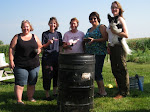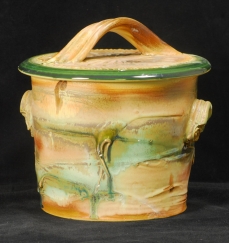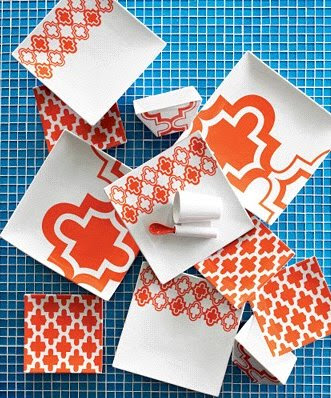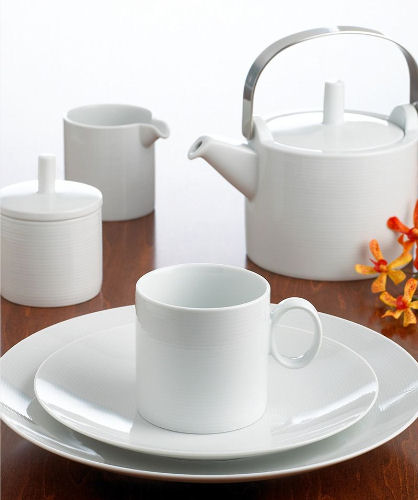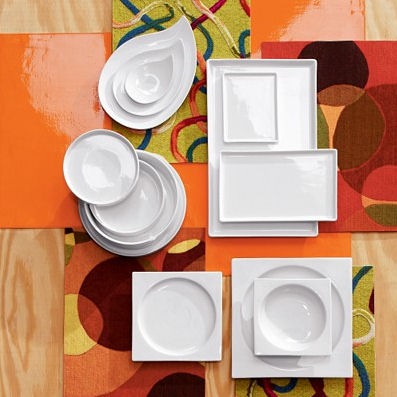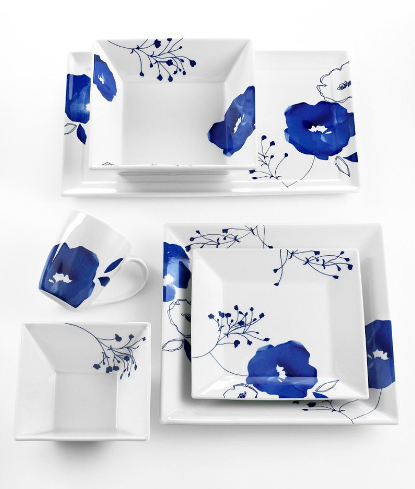Seagrove Area Potters Association
The Seagrove Area Potters Association, Inc. is dedicated to promoting and marketing the historical, geographical pottery community that works and resides in a corner of the Randolph, Moore, and Montgomery counties of North Carolina. This small “Seagrove area” of central NC has been home to many potters since the late 1700s. Potters who grew up in NC pottery families, locals inspired by NC pottery traditions who learned their trade at Seagrove area community colleges, and potters from elsewhere attracted by the Seagrove pottery community run the nearly one hundred Seagrove area pottery shops.
There are a few pottery shops in the town of Seagrove, which is also the home of the NC Pottery Center, but many more potteries are located in the surrounding rural area. Several potteries are located along NC Hwy 705 or its side roads, prompting the state to designate Hwy 705 as the official “NC Pottery Highway”. Although the majority of the potteries in the Seagrove Area Potters Association have a mailing address of “Seagrove”, many are actually located in Northwestern Moore County, more widely known for the famous Pinehurst and Southern Pines area golf resorts.
The Seagrove area potters can be found in their shops most weekdays, quietly working with clay on their potter’s wheels, in much the same fashion as the first potters attracted to central NC by the abundant local clay. The mission of the Seagrove Area Potters Association is to help you find those hardworking artists, visit their studios and find just the right pottery to grace your home. The organization is led by a board of directors made up of potters and other interested individuals from the community. The Discover Seagrove website, along with the SAPA Visitors Guide, lists hours and other important information about the local potters to help you plan your visit.
Wednesday, June 16, 2010
Friday, May 21, 2010
Thursday, March 4, 2010
Monday, March 1, 2010
Julie Crosby
Julie Crosby
My goal is to make pots that are beautiful, sturdy, and functional. I start with a certain weight of clay, the amount of clay dictates the type of vessel that will be made.
My goal is to make pots that are beautiful, sturdy, and functional. I start with a certain weight of clay, the amount of clay dictates the type of vessel that will be made.
Birdie Boone
Birdie Boone
At Archie Bray
"The ceramic work I have been engaged in over the past year and a half during my residency tenure at the Archie Bray Foundation has been a series of refinements of my utilitarian forms and my firing method. I am particularly excited by what has been an intensive investigation of color and surface texture as they relate to my pots within the realm of what I call ‘domestic intimacy’."
At Archie Bray
"The ceramic work I have been engaged in over the past year and a half during my residency tenure at the Archie Bray Foundation has been a series of refinements of my utilitarian forms and my firing method. I am particularly excited by what has been an intensive investigation of color and surface texture as they relate to my pots within the realm of what I call ‘domestic intimacy’."
Susan Kennedy
Susan Kennedy
"The studio is a fanciful place for me. My goal is to create amusing pots, cast as animated characters in an interactive and fantastical reality. Biology is inspiration for inexhaustible solutions to questions of form and function. Indulging in excess, I am playful, in hope of encouraging others to play, too. Considerations to surface, sound and function are an invitation to begin a relationship where, through use, a piece reveals itself."
- Susan Kennedy
Fall 2009
Fall 2009
Friday, February 19, 2010
Thursday, February 18, 2010
Yixing Teapots
Yixing dot com
Yixing clay teapot, article on Wikipedia
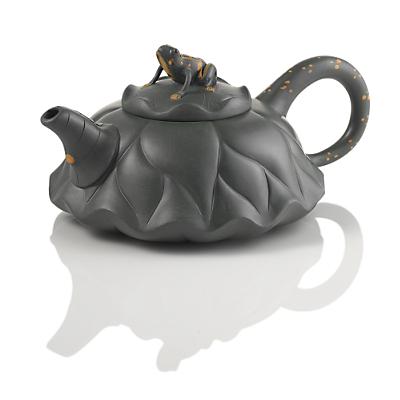
Yixing clay teapot, article on Wikipedia

Yixing Teapots: Curated by Xiaoping Luo at The Clay Studio
Judy Chicago, "The Dinner Party"
"The Dinner Party" by Judy Chicago
Judy Chicago (American, b. 1939). The Dinner Party, 1974–79. Mixed media: ceramic, porcelain, textile. Brooklyn Museum, Gift of the Elizabeth A. Sackler Foundation, 2002.10. © Judy Chicago. (Photo: © Aislinn Weidele for Polshek Partnership Architects)
Long-Term Installation
Elizabeth A. Sackler Center for Feminist Art, 4th Floor
The Dinner Party, an important icon of 1970s feminist art and a milestone in twentieth-century art, is presented as the centerpiece around which the Elizabeth A. Sackler Center for Feminist Art is organized. The Dinner Partycomprises a massive ceremonial banquet, arranged on a triangular table with a total of thirty-nine place settings, each commemorating an important woman from history. The settings consist of embroidered runners, gold chalices and utensils, and china-painted porcelain plates with raised central motifs that are based on vulvar and butterfly forms and rendered in styles appropriate to the individual women being honored. The names of another 999 women are inscribed in gold on the white tile floor below the triangular table. This permanent installation is enhanced by rotating Herstory Gallery exhibitions relating to the 1,038 women honored at the table.Elizabeth A. Sackler Center for Feminist Art, 4th Floor
Judy Chicago (American, b. 1939). The Dinner Party, 1974–79. Mixed media: ceramic, porcelain, textile. Brooklyn Museum, Gift of the Elizabeth A. Sackler Foundation, 2002.10. © Judy Chicago. (Photo: © Aislinn Weidele for Polshek Partnership Architects)
Subscribe to:
Posts (Atom)
